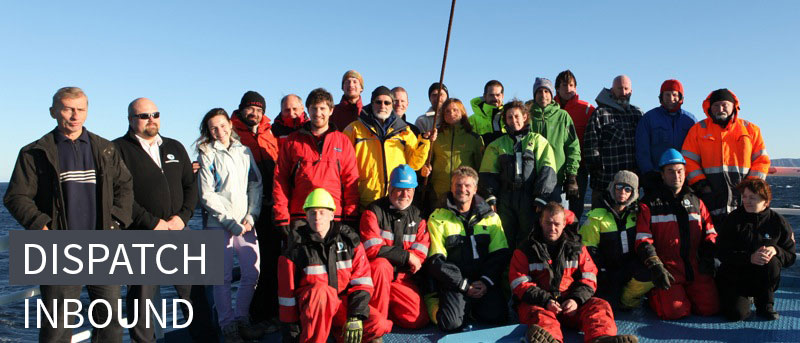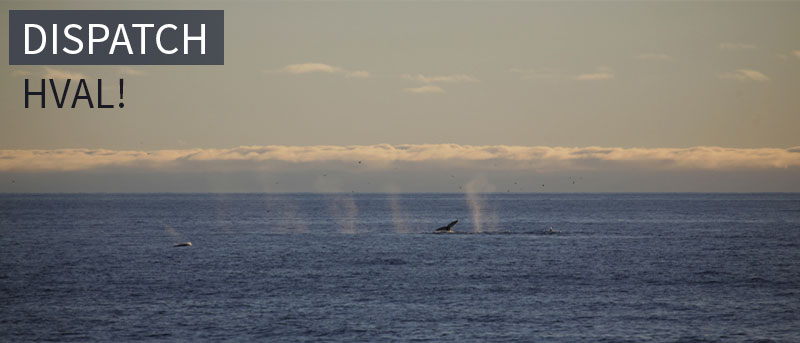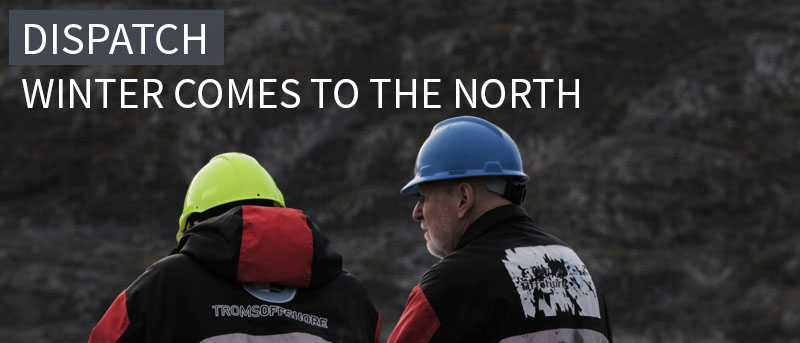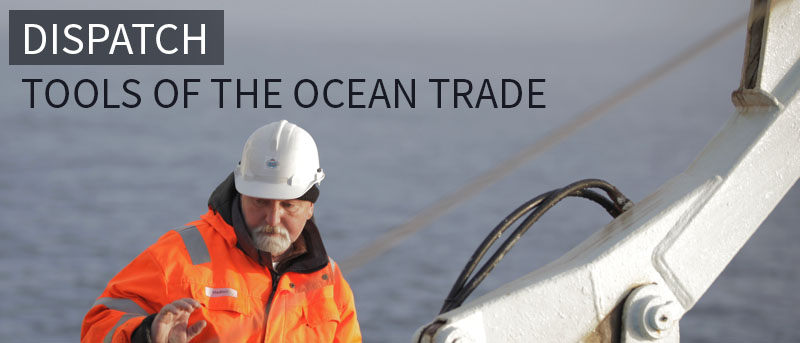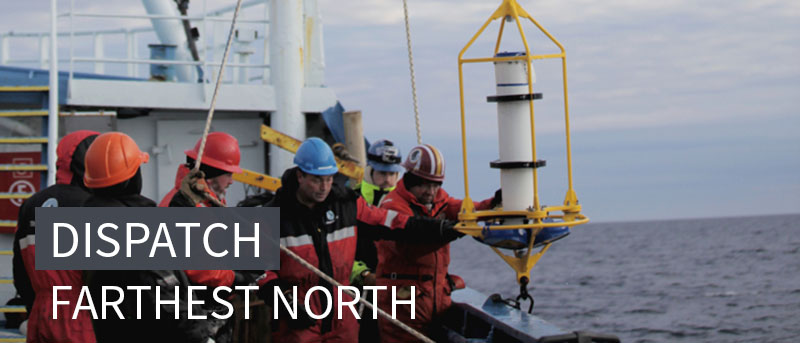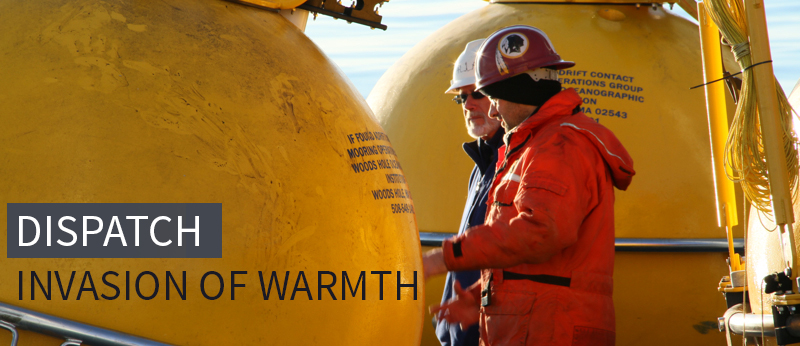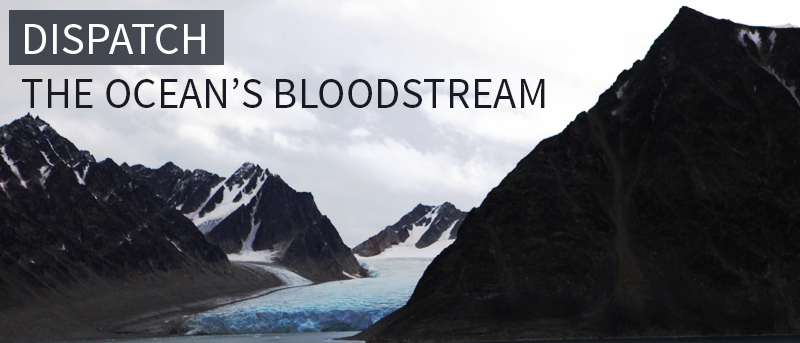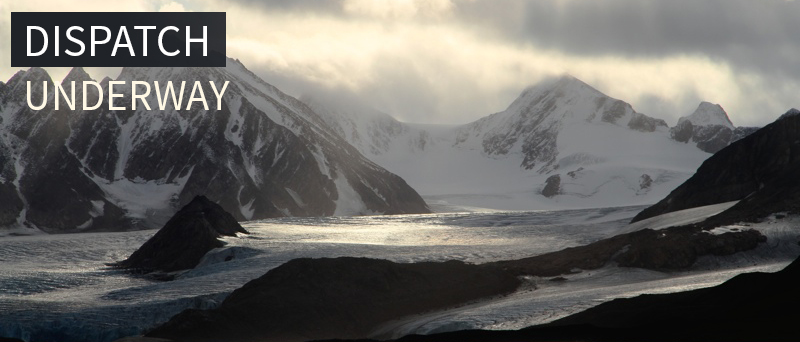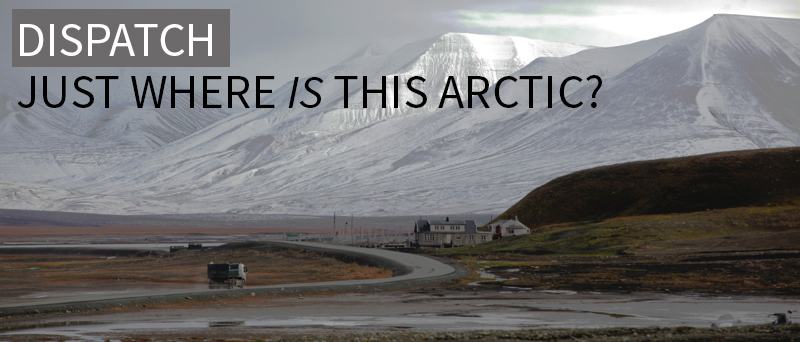ULTIMA THULE
September 26, 2013
Tweet
"What we’re doing is different in every physical sense from the grueling, perilous, scurvy-ridden expeditions of the past, but the modern oceanographic expedition partakes of the same tradition and spirit, I contend, and not merely because my heroes have always been explorers. "
I like to think of these Arctic oceanographic cruises as exploration. What we’re doing is different in every physical sense from the grueling, perilous, scurvy-ridden expeditions of the past, but the modern oceanographic expedition partakes of the same tradition and spirit, I contend, and not merely because my heroes have always been explorers. We seek to understand how the Arctic works and how its workings relate to the lower-latitude world. But, then, there’s precedent in the 19th century scientific expeditions. For one example, Charles Darwin served as naturalist on the Beagle’s circumnavigation in the 1820s, and had he stayed on the beach, odds are slim he’d have come up with the mechanism behind natural selection. But yesterday, peering into dense fog, I was thinking about a shadowy explorer named Pytheas who sailed to a mysterious place called Ultima Thule (variously “Tool-a” or “Tool-lee”) lost now in the mists of time, at the very dawn of Arctic expedition.
A Greek contemporary of Aristotle and Alexander the Great, he was a brilliant astronomer who had calculated latitude by measuring the shadow cast by pillar on a solstice. Beyond that, we know little of the man himself. And since only fragmentary accounts of his voyage remain, we’re left to speculate on just where his Ultima Thule was located.
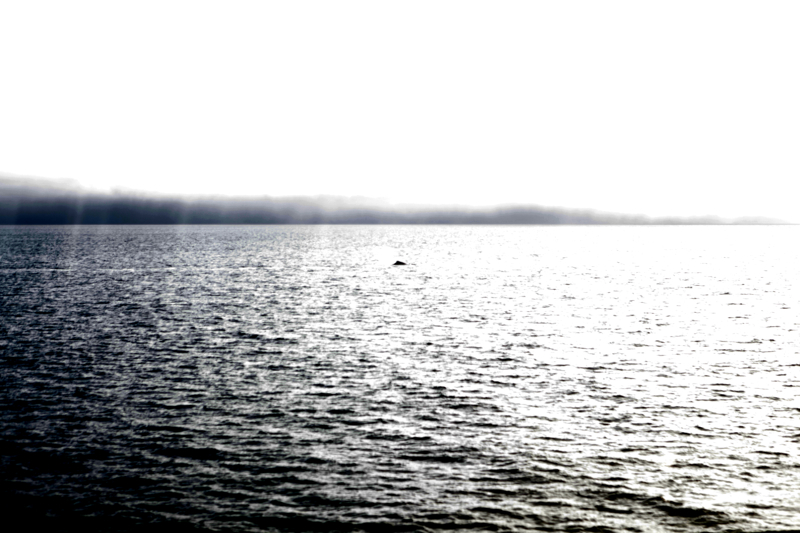
Fridtjof Nansen, the great Arctic explorer, Norwegian diplomat, and Noble Peace Prize laureate, in whose mind science and romanticism vacillated, metaphorically links Thule (and Norway) to the land of the Hyperboreans, a perfect culture of immortals without disease, war, or injustice. However, in In Northern Mists, he means it literally when he writes, “All the statements about Thule which have been preserved answer to Norway, but to no other country.” He was probably right. Norway fits the “facts,” such as they are, but the word was fungible.
The Nazis formed the Thule Society in the 1930s to advance their crazy fetish about an Aryan race of supermen from the north. And Lennart Meri, the first president of Estonia after the collapse of the Soviet Union, makes an interesting claim for his country as Thule, based on Pytheas’s statement that the natives guided him to a place “where the sun went to rest” or where it “fell from the sky.” Meri points to Saaremaa, an Estonian island with a crater lake blasted by a meteorite hundreds of years before Pytheas, contending that an event of such magnitude would surely have lived on in the cultural memory of the natives. After all, Meri points out, tuli means “fire” in Estonian. During the Cold War, the U.S. Air Force built a base within easy B-52 range of the Soviet Union, and they called it—Thule. It’s still there.
Some revisionist historians dismiss curiosity or other abstract existential motives for Westerners’ tendency to explore, contending that there was always a practical motive—profit, conquest, fame—behind it. They have a point; exploration had to be funded by some entity with cash and/or power, a government or a syndicate of merchants with identifiable, concrete motives. But this is too pat.  Pytheas, and adventurer, probably didn’t need to sail on northward, at some risk, no doubt, to his life. He might have collected a load of tin or mapped the route to its source and sailed back to the Med, in which case we’d never have heard of him.
Pytheas, and adventurer, probably didn’t need to sail on northward, at some risk, no doubt, to his life. He might have collected a load of tin or mapped the route to its source and sailed back to the Med, in which case we’d never have heard of him.
And let’s not limit it to Westerners. What about the natives of the Arctic rim? About 4,500 years ago, members of the so-called Arctic Small Tool Tradition walked or paddled across the Bering Strait from Siberia into an uninhabited continent. Why? The Dorset Culture followed, lasted some 2,000 years before being replaced by a new culture—the Thule People—forerunners of the modern Inuit, who then spread eastward through the channels and frozen byways of the Canadian Arctic, thence to northern Greenland. Archeologists most comfortable with the concrete could claim that the Thule and the Inuit’s traveling was not a matter of choice, but the deterministic result of climate change that caused changes in the migration patterns of their pray animals. I’m ill equipped to argue, and motivation, unlike stone tools, is not preserved in the stratigraphy. But are we really willing to dismiss curiosity as a motive for exploration? Maybe the ancient travelers just wanted to know what lay on the other side of the mountain or the water. It doesn’t seem too far-fetched to suggest that curiosity is intrinsic and exploration exciting, satisfying the desire—perhaps inherent to the human psyche—to know.

You stare too long into the fog, apparitions appear, thoughts wander into the abstract. But let’s stick to the concrete—we’re aboard a real research vessel at 82°31’N, according to the GPS—and consider these sea-going scientists in the light of curiosity. Sure, to some extent they, like writers, are careerists, in it for their own gain. But I hold that there’s more to it than that; I’ve seen it. I’ve seen Bob’s eyes light up, his voice grow excited when, on this and previous Arctic cruises, he explains the wonder of the ocean. I’ve seen the same from other scientists working in the Indian Ocean and in the Gulf Stream. These people are not just flinty-eye materialists. They, I dare say, are driven at least in part by that same desire to press on into the unknown simply because they want to know. If nothing else, it’s pleasing to think that this spirit of inquiry, not some geographical place in northern mists, is Ultima Thule.
-Dallas Murphy


